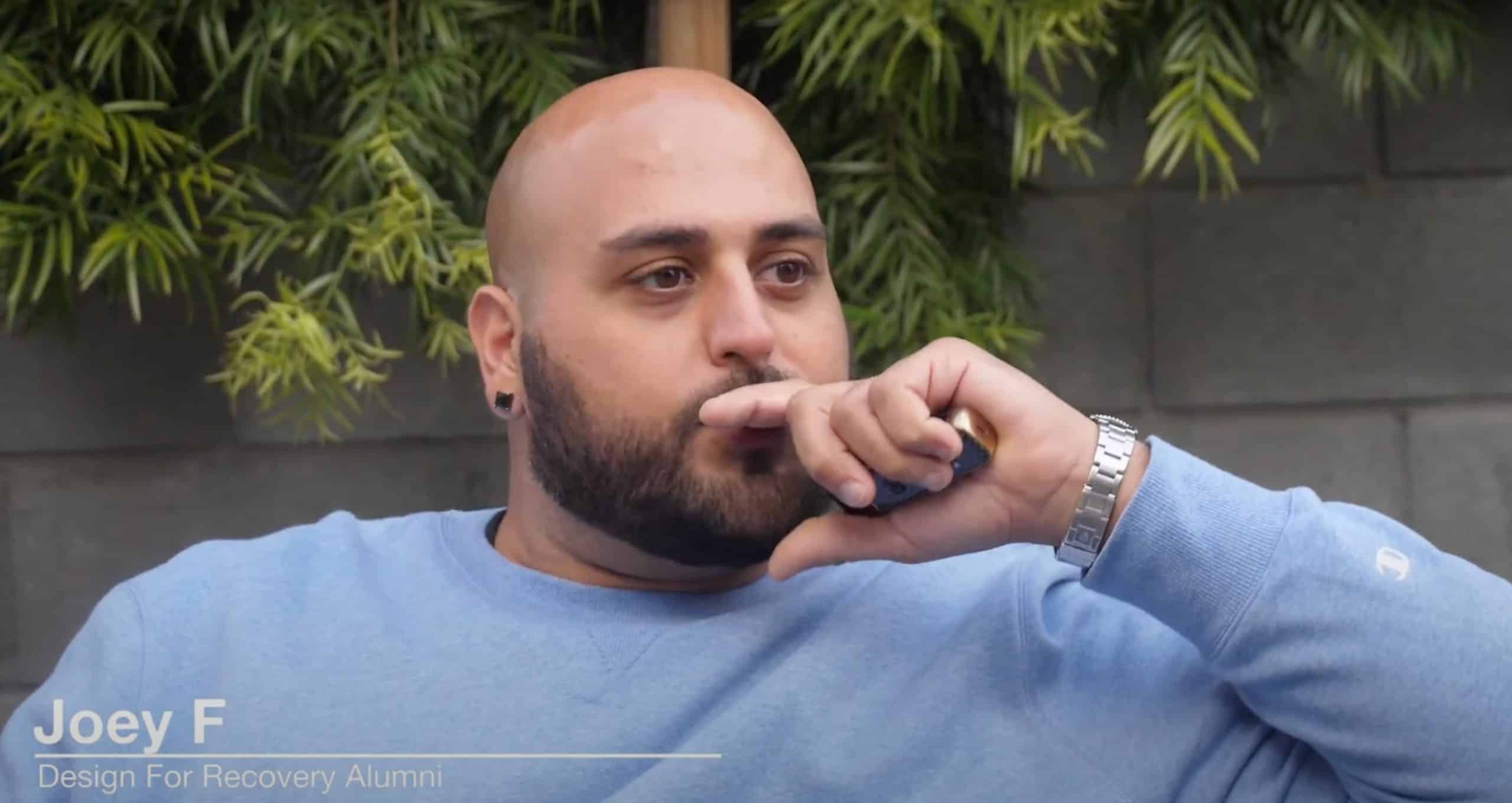Psilocybin mushrooms, when ingested, initiate a whirlwind of physiological and psychological effects, with the duration and intensity often questioned by many.
As this naturally occurring psychedelic gains traction in therapeutic discussions and cultural circles, clarity on its persistence in the body is crucial.
For potential users and the simply curious, knowing how long shrooms remain in the system is more than just trivia; it’s an essential facet of safe consumption.
Beyond the duration of their psychoactive effects, the metabolic fate of these compounds plays a role in drug tests and potential interactions with other substances.
Armed with accurate information, individuals can make informed decisions about their consumption while being mindful of potential implications. This knowledge is especially pivotal in contexts where drug testing may be a concern and ensuring overall well-being after ingestion.
Key Takeaways
• Psilocybin mushrooms remain detectable for hours to days, varying detection duration by dosage, test type, and individual factors.
• Urine tests typically identify psilocybin up to 24 hours post-consumption, whereas hair tests can trace it for weeks.
• Most individuals will have cleared about 95% of psilocybin within 8 hours, with full clearance around 15 hours.
• Factors like age, body composition, and liver function affect psilocybin retention.
• Specialized tests can pinpoint psilocybin and psilocin, though not commonly used in standard screenings.
How Long Do Shrooms Stay in Your System
Psilocybin mushrooms, commonly referred to as shrooms, have effects that can last 3 to 6 hours, peaking around 2 to 3 hours after ingestion.
On average, they remain detectable in the body for hours to possibly days, with this timeframe being influenced by the specific mushroom type, the consumed dose, the individual’s body composition, and metabolism.
Psilocybin, the primary psychoactive compound in these mushrooms, and its metabolite psilocin can be found in the system for up to 24 hours, depending on various factors. Notably, psilocin has a half-life of about 50 minutes, requiring approximately five half-lives for complete elimination from the body.
What Are the Detection Times of Shrooms for Various Drug Tests?
Psilocybin and its metabolite, psilocin, can be detected in blood tests for about 24 hours, in saliva for up to 48 hours, and hair samples for up to 90 days after ingestion. Each drug test has its specific window for detection:
- Blood: Psilocybin appears in the bloodstream immediately after consumption and can be detected for up to 24 hours. However, the peak presence is typically within the first few hours post-ingestion.
- Saliva: Psilocybin can be identified in saliva for 1-2 days after use. This test method is less common but is emerging as a viable drug screening method.
- Hair: Psilocybin and its metabolites can be identified in hair for several months, typically up to 90 days or longer. While less frequent a choice for drug testing, hair follicle tests offer the longest detection window.
💡 Did You Know? Psilocybin is metabolized into psilocin shortly after ingestion. It’s psilocin, not psilocybin, primarily responsible for the psychedelic effects of shrooms and what most specialized drug tests are designed to detect. (Source – Psychedelic Passage) |
How Long Does It Take for Shrooms to Be Completely Eliminated from Your System?
On average, the body excretes about 95% of ingested psilocybin, the primary psychoactive compound in shrooms, within 8 hours.
However, factors like metabolism and dosage can influence the duration, with full elimination, including trace amounts, potentially extending up to 15 hours post-consumption.
What Factors Affect the Duration of Effects?
The duration of shroom effects in one’s system is influenced by various factors, including the consumed dosage, the individual’s metabolism, body weight, and age.
Other considerations include the specific type of mushroom ingested, the person’s hydration level, and whether other substances were consumed simultaneously.
Do Mushrooms Show Up on Standard Drug Tests?
Most standard drug tests, such as those used by many employers for pre-employment screening, don’t typically test for psilocybin, the active compound in magic mushrooms.
Instead, these tests often focus on opioids, cannabis, cocaine, amphetamines, and other commonly used substances.
However, legal implications arise as while most employers might not screen for psilocybin, certain legal situations, such as probationary drug tests, might employ more extensive panels to detect a broader range of substances.
What Types of Drug Tests Can Detect Shrooms?
Urine tests are the most common type of drug screening and can sometimes detect psilocybin for up to 24 hours after ingestion.
Blood tests might detect shrooms for a slightly longer period, but these tests are rare due to their invasive nature.
Less common than urine or blood tests, saliva tests can sometimes detect recent psilocybin use, typically within 1-2 days of ingestion.
Are There Any Specialized Tests for Psilocybin?
Specialized tests, like specific urine tests, can detect psilocybin and its primary psychoactive component, psilocin, in the body.
Although not typically incorporated into regular drug panels, these tests can be commissioned separately when confirming psilocybin use becomes necessary.
When taking samples, protecting them from light exposure is essential due to the degradation risk, which is why wrapping them in foil is often advised.
While accurate, such tests are more expensive and less frequently used unless there’s a compelling need, like in research or legal cases centered around hallucinogen use.
With the drug’s 2-5 hour half-life, the window for effective detection is typically less than a day, necessitating swift action for those pursuing testing.
Are There Ways to Expedite the Elimination of Shrooms from Your System?
The body metabolizes and eliminates psilocybin primarily through the liver, converting it into various metabolites excreted in the urine. It’s important to note that natural metabolism is unique for every individual.
Age, liver function, and body mass can influence how quickly substances are processed and eliminated.
Are Detox Methods Effective?
While various detox methods and products are advertised as ways to clear drugs from the system rapidly, their effectiveness is questionable at best.
Potential risks associated with commercial detox products can pose health dangers, especially if consumed in excessive amounts or combined with other substances.
What Precautions Should Be Taken to Speed Up Elimination?
Staying hydrated can assist the kidneys in processing and eliminating substances, but drinking excessive amounts of water in short periods can be dangerous.
A balanced diet can also support liver function. Sleep is another crucial factor; ensuring adequate rest and recovery can aid the body in its natural repair and detoxification processes. Lastly, mental health is essential.
After consuming psychedelics, some people might experience prolonged psychological effects. It’s vital to consult a mental health professional if someone feels persistent anxiety, depression, or other mental disturbances after using shrooms.
How Do Age, Metabolism, and Other Factors Affect Detection Times for Shrooms?
Age, metabolism, body composition, and even demographic factors can influence the detection times of psilocybin mushrooms. Typically, younger individuals process substances like psilocybin more swiftly than older adults.
The efficiency of organs, especially the liver and kidneys, also plays a pivotal role in determining how long the substance remains in the system.
Several studies have ventured into understanding the variations and implications of these factors:
- One study highlighted significant differences in lifetime psilocybin use across parameters such as sex, age, race/ethnicity, sexual orientation, and prior lifetime drug experiences.
- Another study presented results predicting past year psychedelic mushroom use based on specific demographic and educational factors.
- Interestingly, while the effects of microdosing psilocybin remained consistent across ages in one study, another emphasized that the effects of magic mushrooms depend on the mushroom species, the individual’s mindset, weight, metabolism, and tolerance level.
While these studies provide insights into the usage patterns and effects of psilocybin among various demographic groups, direct research pinpointing demographic variations in detection times remains limited.








